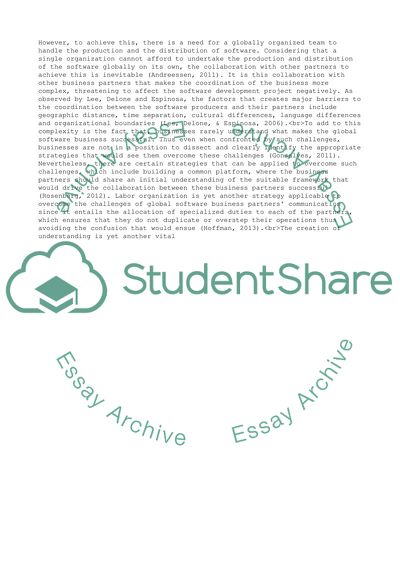Cite this document
(“Communication and Culture Issues over disrupted Software management Assignment - 1”, n.d.)
Retrieved from https://studentshare.org/management/1616436-communication-and-culture-issues-over-disrupted-software-management
Retrieved from https://studentshare.org/management/1616436-communication-and-culture-issues-over-disrupted-software-management
(Communication and Culture Issues over Disrupted Software Management Assignment - 1)
https://studentshare.org/management/1616436-communication-and-culture-issues-over-disrupted-software-management.
https://studentshare.org/management/1616436-communication-and-culture-issues-over-disrupted-software-management.
“Communication and Culture Issues over Disrupted Software Management Assignment - 1”, n.d. https://studentshare.org/management/1616436-communication-and-culture-issues-over-disrupted-software-management.


